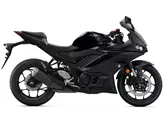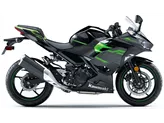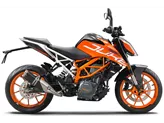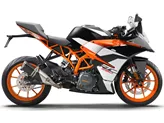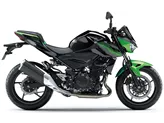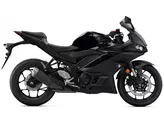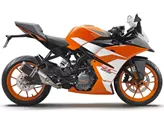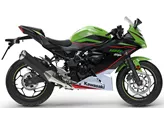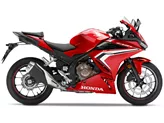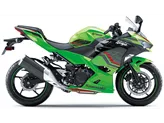KTM RC 390 2018 vs. Kawasaki Ninja 400 2018

KTM RC 390 2018

Kawasaki Ninja 400 2018
Overview - KTM RC 390 2018 vs Kawasaki Ninja 400 2018
The KTM RC 390 2018 and the Kawasaki Ninja 400 2018 are both supersport motorcycles that offer impressive performance and features. While they have some similarities in terms of specifications, they also have distinct differences that set them apart.
In terms of engine and drive train, the KTM RC 390 has a larger bore and stroke compared to the Kawasaki Ninja 400. This results in a slightly higher engine power of 44 HP for the KTM RC 390 compared to 45 HP for the Kawasaki Ninja 400. However, the Kawasaki Ninja 400 has a higher torque of 38 Nm compared to 35 Nm for the KTM RC 390. Both bikes have a similar compression ratio of around 11.5 to 12.5 and feature 4 valves per cylinder. The KTM RC 390 has a single-cylinder engine with a displacement of 373.2 ccm, while the Kawasaki Ninja 400 has a twin-cylinder engine with a displacement of 399 ccm.
In terms of suspension, the KTM RC 390 features an upside-down telescopic fork at the front, while the Kawasaki Ninja 400 has a telescopic fork. Both bikes have a tubular frame, but the KTM RC 390 uses a chromium-molybdenum frame, while the Kawasaki Ninja 400 uses a steel frame.
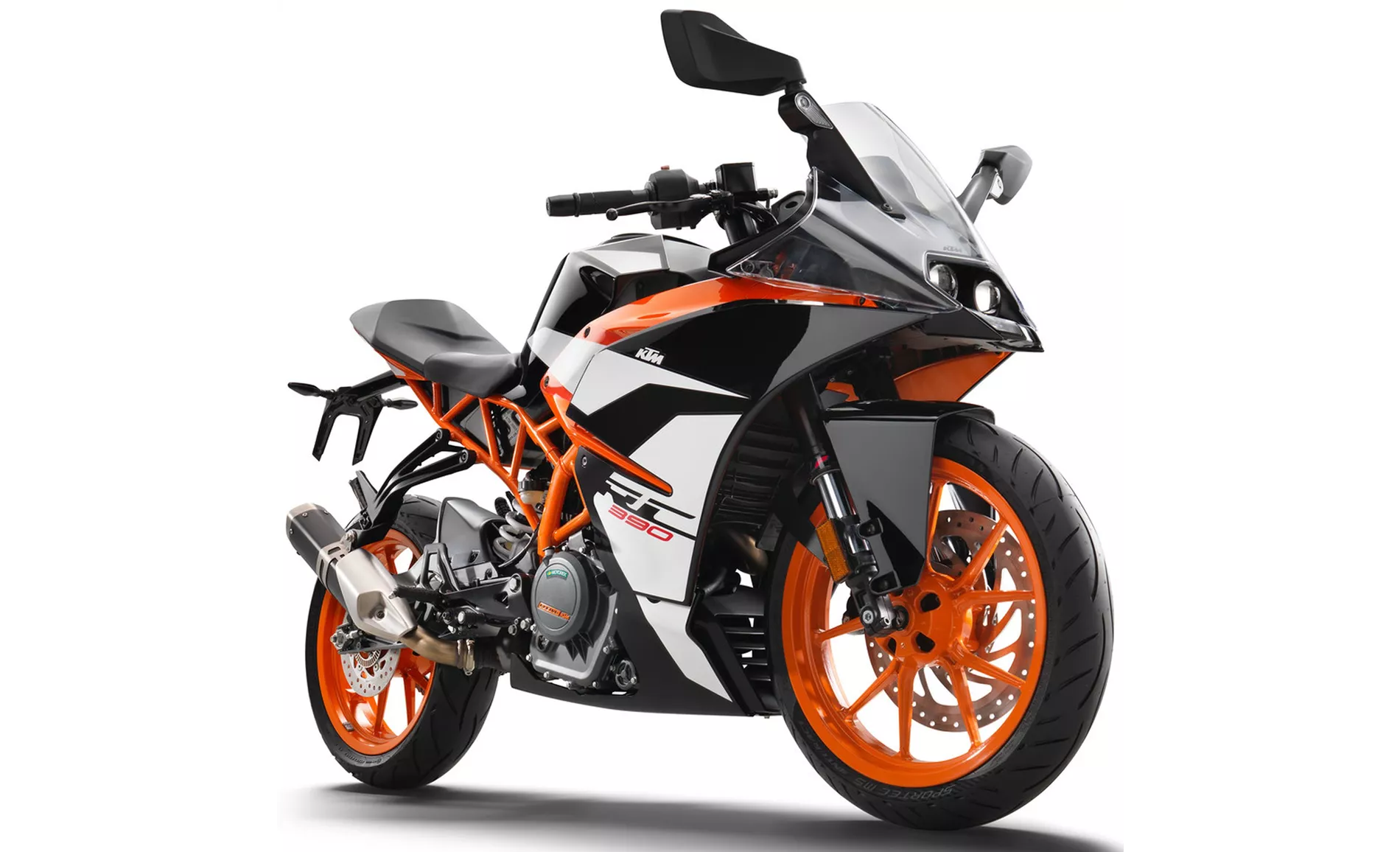
KTM RC 390 2018
Both bikes have single disk brakes at the front, but the KTM RC 390 uses a radial technology, while the Kawasaki Ninja 400 uses a petal technology. This difference in brake technology may result in variations in braking performance.
In terms of dimensions and weights, the Kawasaki Ninja 400 has a slightly longer wheelbase of 1370 mm compared to 1340 mm for the KTM RC 390. The seat height of the Kawasaki Ninja 400 is also lower at 785 mm compared to 820 mm for the KTM RC 390. However, the Kawasaki Ninja 400 is heavier with a kerb weight of 168 kg compared to 147 kg for the KTM RC 390. The Kawasaki Ninja 400 also has a larger fuel tank capacity of 14 liters compared to 10 liters for the KTM RC 390.

Kawasaki Ninja 400 2018
When it comes to strengths, the KTM RC 390 is described as a World Championship-ready racing machine, indicating its high-performance capabilities. On the other hand, the Kawasaki Ninja 400 is praised for its sporty chassis, low weight, and effortless handling. It also offers a relaxed and confidence-enhancing seating position and features LED headlights.
In terms of weaknesses, the KTM RC 390 is mentioned as a realization that the rider may not become a gifted ring rider, suggesting that it may require a certain level of skill or experience to fully utilize its potential. The Kawasaki Ninja 400 is criticized for its non-adjustable brake and clutch levers and the loud wind noise experienced by taller riders with the original windshield.
Overall, both the KTM RC 390 2018 and the Kawasaki Ninja 400 2018 are impressive supersport motorcycles with their own strengths and weaknesses. The choice between them would depend on the rider's preferences and priorities, such as desired performance, handling, and comfort.
Technical Specifications KTM RC 390 2018 compared to Kawasaki Ninja 400 2018
Pros and Cons in comparison
Pros and Cons in comparison
KTM RC 390 2018
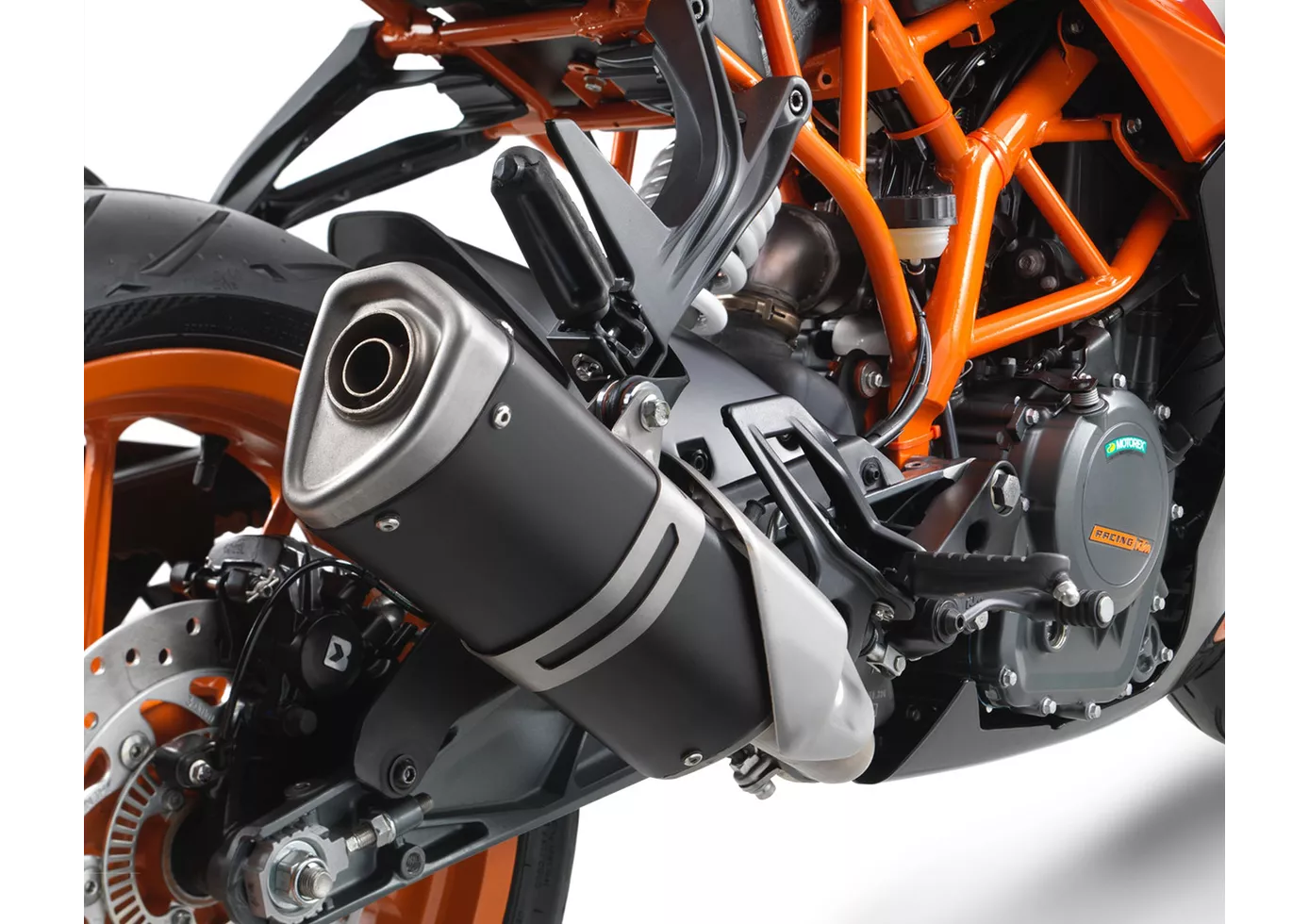
If you can afford to pay around 8,500 euros (Germany) or just under 9,000 euros (Austria) for the RC390 R and then have around 11,000 flakes left over for the SSP 300 kit, you will get world championship-ready racing goods. "Ready to Race", the name says it all, really. In this case, "Ready to win the World Championship" would almost be more accurate, because the parts kit is actually so complete and complies with the FIM regulations. KTM is doing everything it can to accommodate all those who are considering a serious entry into the racing world, especially of course all the young hopefuls out there. KTM Customer Racing, I pull my helmet! Bravo!
Kawasaki Ninja 400 2018

In summary, the Ninja 400 could be described as the perfect entry into the supersport world. You can't get more power with A2, the looks suggest much more power, the vehicle is playful to ride, is forgiving in every respect and still allows a really sporty riding style. Those who had legitimate concerns about the lack of power on the various 250 cubic machines now have no more excuses. Ninja 400, it's good to have you!
Price Comparison Avarage Market Price KTM RC 390 vs Kawasaki Ninja 400
There are a few key differences between a KTM RC 390 2018 and a Kawasaki Ninja 400 2018. It takes less time to sell a Kawasaki Ninja 400 with 105 days compared to 148 days for the KTM RC 390. Since model year 2014 1000PS.de editors have written 20 reviews for the KTM RC 390 and 9 reviews for the Kawasaki Ninja 400 since model year 2018. The first review for the KTM RC 390 was published on 04/11/2013 and now has more than 23,900 views. This compares to more than 44,300 views for the first review on Kawasaki Ninja 400 published on 22/11/2017.


